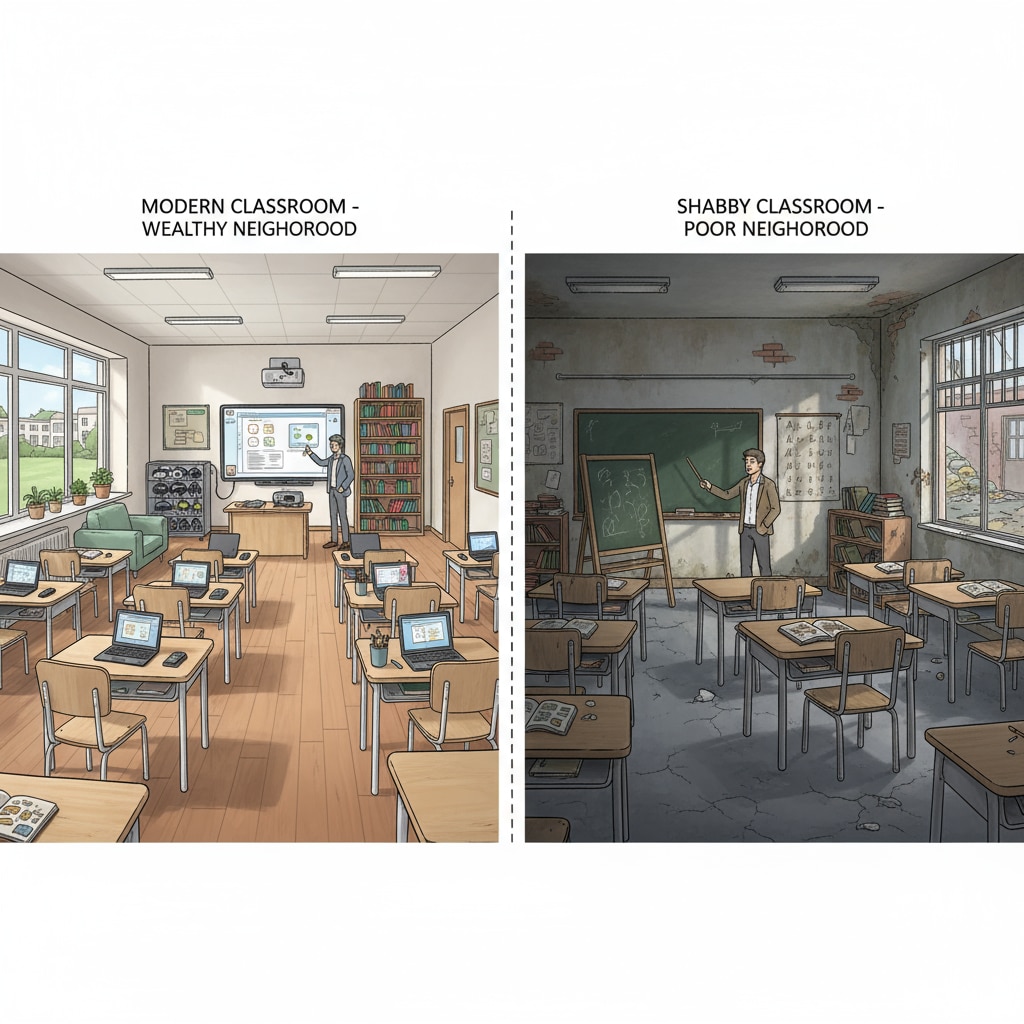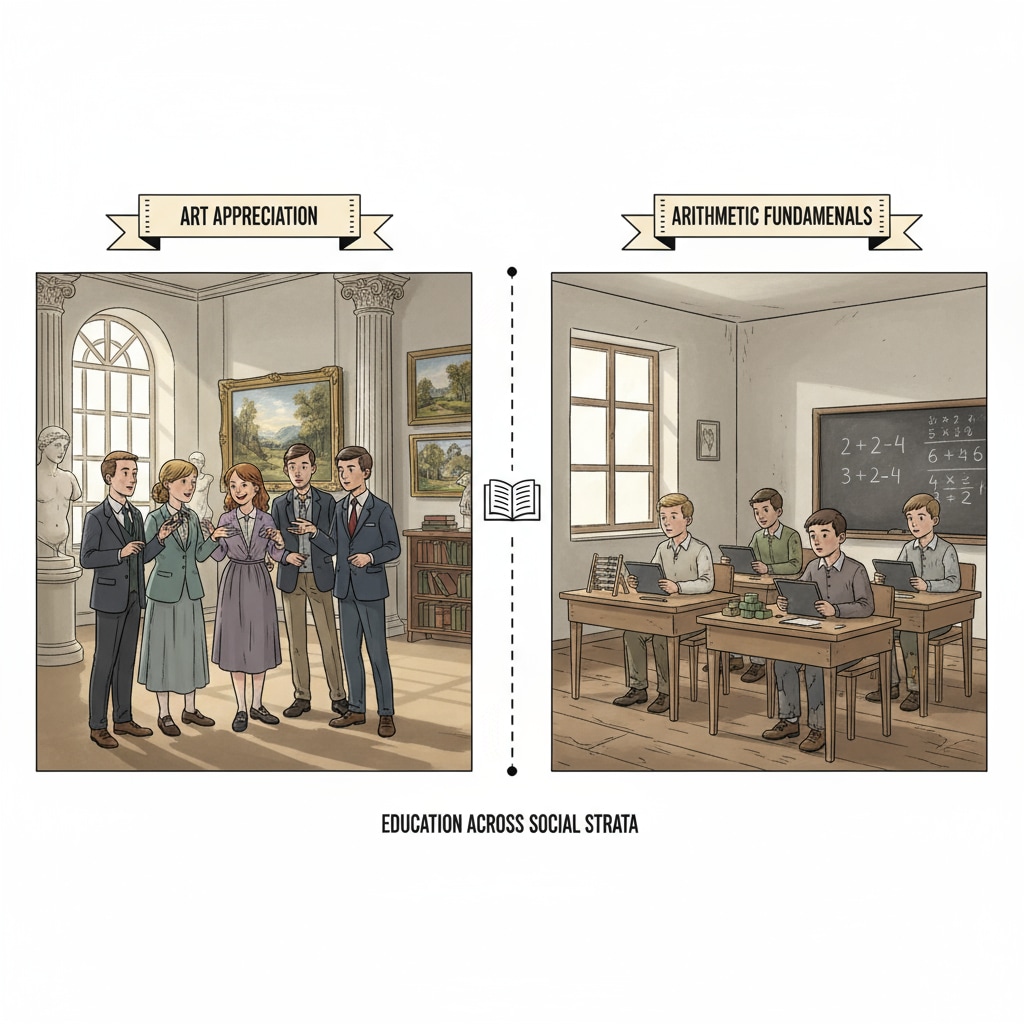The American education, social class screening, and school system have long been subjects of scrutiny. The American school system, which is ostensibly an institution for learning, has, in reality, become a covert mechanism for social class screening rather than a true educational entity.
The Illusion of Equal Education
On the surface, the American school system promotes the idea of equal educational opportunities for all. However, a closer look reveals a different story. Public schools, which are funded primarily through local property taxes, create a significant divide. For example, schools in wealthy neighborhoods receive more funding, allowing them to offer better facilities, a wider range of courses, and highly qualified teachers. Education in the United States on Britannica In contrast, schools in low-income areas struggle with limited resources, overcrowded classrooms, and a high turnover rate of teachers. This disparity in resources is the first step in the class screening process.

The Curriculum and Social Class
The curriculum taught in American schools also plays a role in social class screening. In many upper-class schools, the curriculum emphasizes critical thinking, creativity, and exposure to a broad range of cultural and academic disciplines. These skills are highly valued in higher education and the professional world. On the other hand, schools in lower-class areas often focus more on basic skills and rote memorization. This difference in curriculum design means that students from different social classes are essentially being prepared for different futures. As a result, it becomes easier to categorize and screen students based on their social background. Education in the United States on Wikipedia

Moreover, standardized testing, which is a significant part of the American education system, further exacerbates this issue. Standardized tests are often biased towards students from more affluent backgrounds who have had access to better educational resources and test preparation. This means that students from lower social classes may be unfairly disadvantaged, and the results of these tests can be used to funnel students into different educational and career paths, effectively screening them based on their social class.
Readability guidance: The key points here are the resource disparities in schools due to funding sources, the difference in curriculum based on social class, and the bias in standardized testing. These elements all contribute to the American school system functioning as a social class screening tool.


